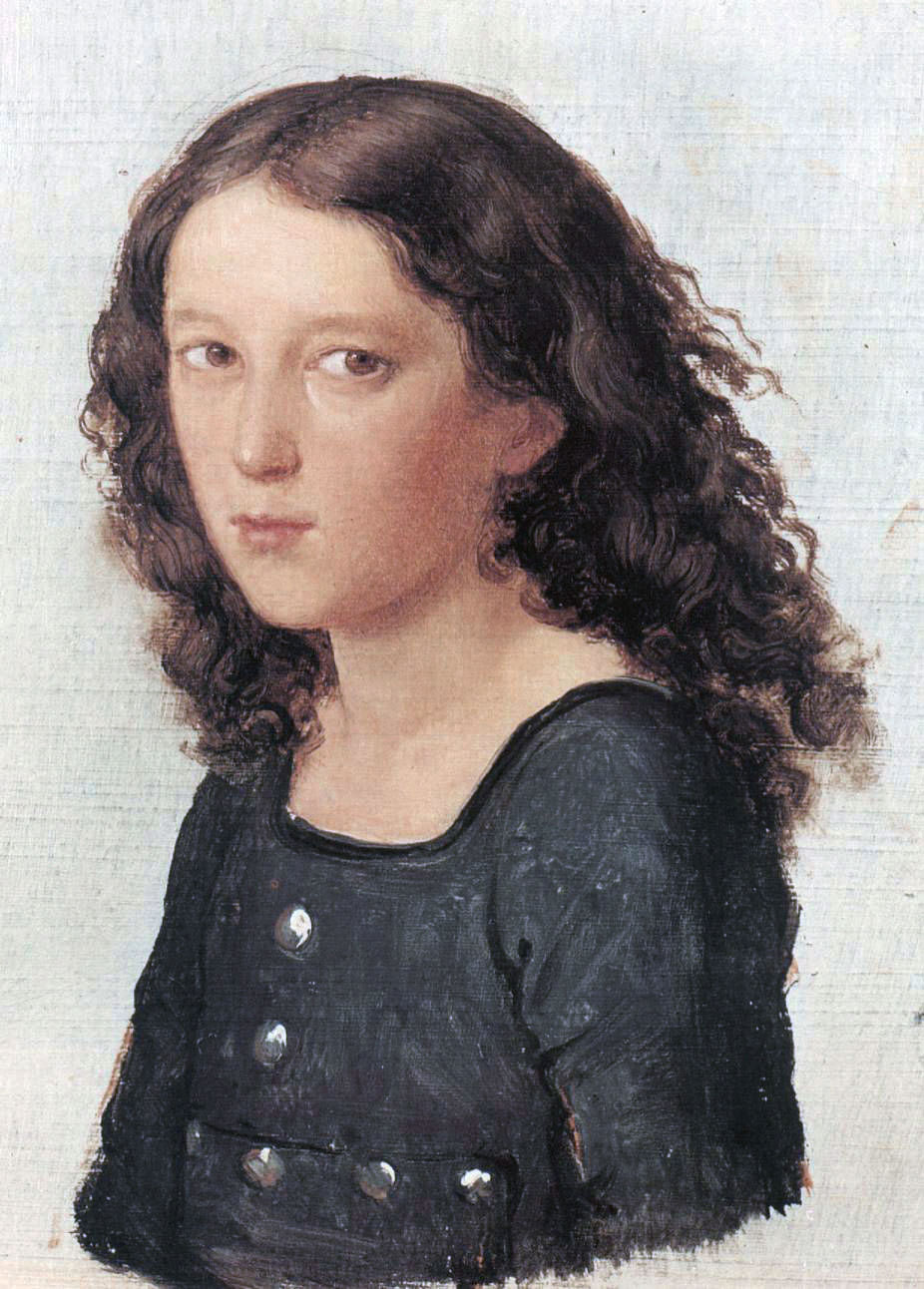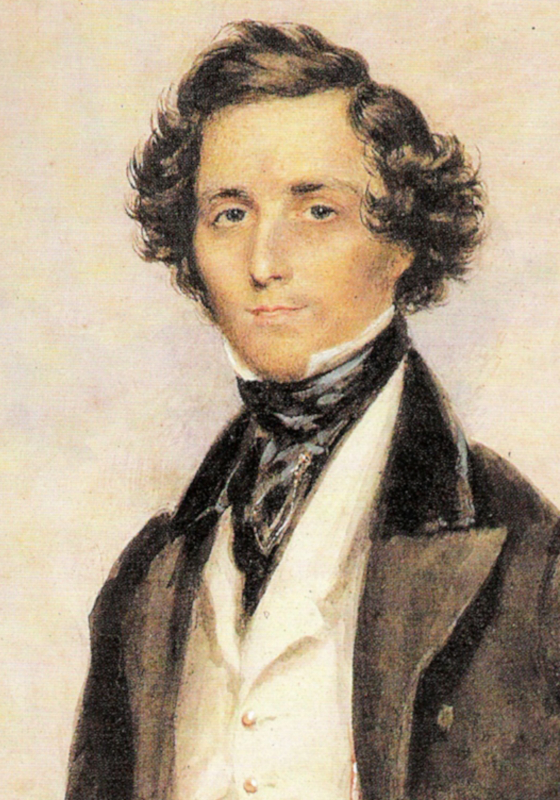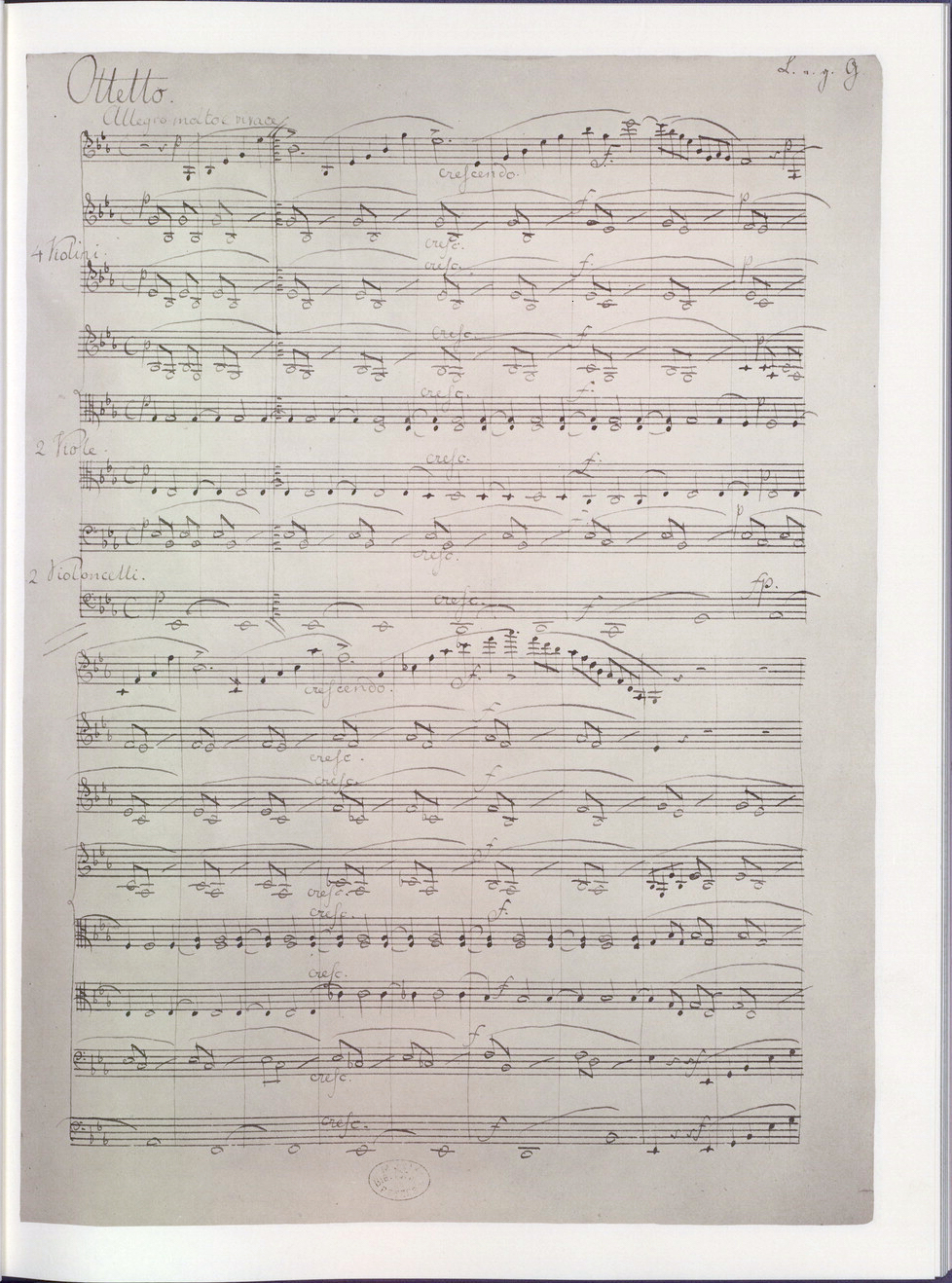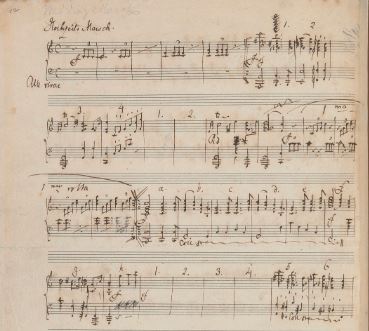|
Half-diminished Seventh
In music theory, the half-diminished seventh chord (also known as a half-diminished chord or a minor seventh flat five chord) is a seventh chord composed of a root note, together with a minor third, a diminished fifth, and a minor seventh (1, 3, 5, 7). For example, the half-diminished seventh chord built on C, commonly written as Cm7(♭5), or C7, has pitches C–E–G–B: : It can be represented by the integer notation . The half-diminished seventh chord exists in root position and in three inversions. Note that the first inversion shares identity with a chord on the minor sixth: In diatonic harmony, the half-diminished seventh chord occurs naturally on the seventh scale degree of any major scale (for example, B7 in C major) and is thus a leading-tone seventh chord in the major mode.Benward & Saker (2003). ''Music: In Theory and Practice, Vol. I'', p. 217. . Similarly, the chord also occurs on the second degree of any natural minor scale (e.g., D7 in C mi ... [...More Info...] [...Related Items...] OR: [Wikipedia] [Google] [Baidu] |
Root (chord)
In music theory, the concept of root is the idea that a chord (music), chord can be represented and named by one of its Musical note, notes. It is linked to Harmony (music), harmonic thinking—the idea that vertical aggregates of notes can form a single unit, a chord. It is in this sense that one speaks of a "C chord" or a "chord on C"—a chord built from C and of which the note (or pitch) C is the root. When a chord is referred to in Classical music or popular music without a reference to what type of chord it is (either major or minor, in most cases), it is assumed a major triad, which for C contains the notes C, E and G. The root need not be the bass note, the lowest note of the chord: the concept of root is linked to that of the Inverted chord, inversion of chords, which is derived from the notion of Invertible Counterpoint, invertible counterpoint. In this concept, chords can be inverted while still retaining their root. In tertian harmonic theory, wherein chords can be con ... [...More Info...] [...Related Items...] OR: [Wikipedia] [Google] [Baidu] |
Leading-tone Seventh Chord
In music theory, a leading-tone (also called a subsemitone, and a leading-note in the UK) is a note or pitch which resolves or "leads" to a note one semitone higher or lower, being a lower and upper leading-tone, respectively. Typically, ''the'' leading tone refers to the seventh scale degree of a major scale (), a major seventh above the tonic. In the movable do solfège system, the leading-tone is sung as ''ti''. A leading-tone triad is a triad built on the seventh scale degree in a major key (vii in Roman numeral analysis), while a leading-tone seventh chord is a seventh chord built on the seventh scale degree (vii7). Walter Piston considers and notates vii as V, an incomplete dominant seventh chord. (For the Roman numeral notation of these chords, see Roman numeral analysis.) Note Seventh scale degree (or lower leading tone) Typically, when people speak of ''the'' leading tone, they mean the seventh scale degree () of the major scale, which has a strong affinity for ... [...More Info...] [...Related Items...] OR: [Wikipedia] [Google] [Baidu] |
Roger Scruton
Sir Roger Vernon Scruton (; 27 February 194412 January 2020) was an English philosopher and writer who specialised in aesthetics and political philosophy, particularly in the furtherance of traditionalist conservative views. Editor from 1982 to 2001 of ''The Salisbury Review'', a conservative political journal, Scruton wrote over 50 books on philosophy, art, music, politics, literature, culture, sexuality, and religion; he also wrote novels and two operas. His most notable publications include ''The Meaning of Conservatism'' (1980), ''Sexual Desire'' (1986), ''The Aesthetics of Music'' (1997), and ''How to Be a Conservative'' (2014). He was a regular contributor to the popular media, including ''The Times'', ''The Spectator'', and the ''New Statesman''. Scruton embraced conservatism after witnessing the May 1968 student protests in France. From 1971 to 1992 he was a lecturer and professor of aesthetics at Birkbeck College, London, after which he held several part-time academic ... [...More Info...] [...Related Items...] OR: [Wikipedia] [Google] [Baidu] |
Mendelssohn Wedding March 02
Jakob Ludwig Felix Mendelssohn Bartholdy (3 February 18094 November 1847), born and widely known as Felix Mendelssohn, was a German composer, pianist, organist and conductor of the early Romantic period. Mendelssohn's compositions include symphonies, concertos, piano music, organ music and chamber music. His best-known works include the overture and incidental music for ''A Midsummer Night's Dream'' (which includes his "Wedding March"), the '' Italian Symphony'', the '' Scottish Symphony'', the oratorio ''St. Paul'', the oratorio ''Elijah'', the overture ''The Hebrides'', the mature Violin Concerto and the Octet (Mendelssohn), String Octet. The melody for the Christmas carol "Hark! The Herald Angels Sing" is also his. Mendelssohn's ''Songs Without Words'' are his most famous solo piano compositions. Mendelssohn's grandfather was the renowned Jew, Jewish philosopher Moses Mendelssohn, but Felix was initially raised without religion. He was baptised at the age of seven, becoming ... [...More Info...] [...Related Items...] OR: [Wikipedia] [Google] [Baidu] |
Mendelssohn Wedding March 01
Jakob Ludwig Felix Mendelssohn Bartholdy (3 February 18094 November 1847), born and widely known as Felix Mendelssohn, was a German composer, pianist, organist and conductor of the early Romantic period. Mendelssohn's compositions include symphonies, concertos, piano music, organ music and chamber music. His best-known works include the overture and incidental music for ''A Midsummer Night's Dream'' (which includes his "Wedding March"), the '' Italian Symphony'', the '' Scottish Symphony'', the oratorio ''St. Paul'', the oratorio ''Elijah'', the overture ''The Hebrides'', the mature Violin Concerto and the String Octet. The melody for the Christmas carol "Hark! The Herald Angels Sing" is also his. Mendelssohn's ''Songs Without Words'' are his most famous solo piano compositions. Mendelssohn's grandfather was the renowned Jewish philosopher Moses Mendelssohn, but Felix was initially raised without religion. He was baptised at the age of seven, becoming a Reformed Christian. He ... [...More Info...] [...Related Items...] OR: [Wikipedia] [Google] [Baidu] |
A Midsummer Night's Dream (Mendelssohn)
At two separate times, Felix Mendelssohn composed music for William Shakespeare's play ''A Midsummer Night's Dream'' (in German ''Ein Sommernachtstraum''). First in 1826, near the start of his career, he wrote a concert overture ( Op. 21). Later, in 1842, only a few years before his death, he wrote incidental music (Op. 61) for a production of the play, into which he incorporated the existing overture. The incidental music includes the famous "Wedding March". Overture The overture in E major, Op. 21, was written by Mendelssohn at 17 years and 6 months old (it was finished on 6 August 1826).''Grove's Dictionary of Music and Musicians'', 5th ed., 1954 Contemporary music scholar George Grove called it "the greatest marvel of early maturity that the world has ever seen in music". It was written as a concert overture, not associated with any performance of the play. The overture was written after Mendelssohn had read a German translation of the play in 1826. The translation was by A ... [...More Info...] [...Related Items...] OR: [Wikipedia] [Google] [Baidu] |
Mendelssohn
Jakob Ludwig Felix Mendelssohn Bartholdy (3 February 18094 November 1847), born and widely known as Felix Mendelssohn, was a German composer, pianist, organist and conductor of the early Romantic music, Romantic period. Mendelssohn's compositions include symphony, symphonies, concertos, piano music, Organ (music), organ music and chamber music. His best-known works include the Overture#Concert overture, overture and incidental music for ''A Midsummer Night's Dream (Mendelssohn), A Midsummer Night's Dream'' (which includes his "Wedding March (Mendelssohn), Wedding March"), the ''Symphony No. 4 (Mendelssohn), Italian Symphony'', the ''Symphony No. 3 (Mendelssohn), Scottish Symphony'', the oratorio ''St. Paul (oratorio), St. Paul'', the oratorio ''Elijah (oratorio), Elijah'', the overture ''The Hebrides (overture), The Hebrides'', the mature Violin Concerto (Mendelssohn), Violin Concerto and the Octet (Mendelssohn), String Octet. The melody for the Christmas carol "Hark! The Herald ... [...More Info...] [...Related Items...] OR: [Wikipedia] [Google] [Baidu] |
Wedding March (Mendelssohn)
Felix Mendelssohn's "Wedding March" in C major, written in 1842, is one of the best known of the pieces from his suite of incidental music (Op. 61) to Shakespeare's play ''A Midsummer Night's Dream''. It is one of the most frequently used wedding marches, generally being played on a church pipe organ. At weddings in many Western countries, this piece is commonly used as a recessional, though frequently stripped of its episodes in this context. It is frequently teamed with the "Bridal Chorus" from Richard Wagner's opera ''Lohengrin'', or with Jeremiah Clarke's "Prince of Denmark's March", both of which are often played for the entry of the bride. The first known instance of Mendelssohn's "Wedding March" being used at a wedding was when Dorothy Carew wed Tom Daniel at St Peter's Church, Tiverton, England, on 2 June 1847 when it was performed by organist Samuel Reay. However, it did not become popular at weddings until it was selected by Victoria, The Princess Royal for he ... [...More Info...] [...Related Items...] OR: [Wikipedia] [Google] [Baidu] |
Bach St Matthew Passion, Opening 02
Johann Sebastian Bach (28 July 1750) was a German composer and musician of the late Baroque period. He is known for his orchestral music such as the ''Brandenburg Concertos''; instrumental compositions such as the Cello Suites; keyboard works such as the ''Goldberg Variations'' and ''The Well-Tempered Clavier''; organ works such as the '' Schubler Chorales'' and the Toccata and Fugue in D minor; and vocal music such as the ''St Matthew Passion'' and the Mass in B minor. Since the 19th-century Bach revival he has been generally regarded as one of the greatest composers in the history of Western music. The Bach family already counted several composers when Johann Sebastian was born as the last child of a city musician in Eisenach. After being orphaned at the age of 10, he lived for five years with his eldest brother Johann Christoph, after which he continued his musical education in Lüneburg. From 1703 he was back in Thuringia, working as a musician for Protestant chu ... [...More Info...] [...Related Items...] OR: [Wikipedia] [Google] [Baidu] |
Bach St Matthew Passion, Opening 01
Johann Sebastian Bach (28 July 1750) was a German composer and musician of the late Baroque period. He is known for his orchestral music such as the ''Brandenburg Concertos''; instrumental compositions such as the Cello Suites; keyboard works such as the '' Goldberg Variations'' and '' The Well-Tempered Clavier''; organ works such as the '' Schubler Chorales'' and the Toccata and Fugue in D minor; and vocal music such as the '' St Matthew Passion'' and the Mass in B minor. Since the 19th-century Bach revival he has been generally regarded as one of the greatest composers in the history of Western music. The Bach family already counted several composers when Johann Sebastian was born as the last child of a city musician in Eisenach. After being orphaned at the age of 10, he lived for five years with his eldest brother Johann Christoph, after which he continued his musical education in Lüneburg. From 1703 he was back in Thuringia, working as a musician for Prot ... [...More Info...] [...Related Items...] OR: [Wikipedia] [Google] [Baidu] |
St Matthew Passion
The ''St Matthew Passion'' (german: Matthäus-Passion, links=-no), BWV 244, is a '' Passion'', a sacred oratorio written by Johann Sebastian Bach in 1727 for solo voices, double choir and double orchestra, with libretto by Picander. It sets the 26th and 27th chapters of the Gospel of Matthew (in the Luther Bible) to music, with interspersed chorales and arias. It is widely regarded as one of the greatest masterpieces of Baroque sacred music. The original Latin title translates to "The Passion of our Lord J susC[hrist">rist.html" ;"title="susC[hrist">susC[hristaccording to the Evangelist Matthew".Markus Rathey. 2016. ''Bach's Major Vocal Works. Music, Drama, Liturgy'', Yale University Press History The ''St Matthew Passion'' is the second of two Passion settings by Bach that have survived in their entirety, the first being the '' St John Passion'', first performed in 1724. Versions and contemporaneous performances Little is known with certainty about the creation proc ... [...More Info...] [...Related Items...] OR: [Wikipedia] [Google] [Baidu] |
Richard Taruskin
Richard Filler Taruskin (April 2, 1945 – July 1, 2022) was an American musicologist and music critic who was among the leading and most prominent music historians of his generation. The breadth of his scrutiny into source material as well as musical analysis that combines sociological, cultural, and political perspectives, has incited much discussion, debate and controversy. He regularly wrote music criticism for newspapers including ''The New York Times''. He researched a wide variety of areas, but a central topic was the Russian music of the 18th century to present day. Other subjects he engaged with include the theory of performance, 15th-century music, 20th-century classical music, nationalism in music, the theory of modernism, and analysis. He is best known for his monumental survey of Western classical music, the six-volume ''Oxford History of Western Music''. He received several awards, including the first Noah Greenberg Award from the American Musicological Society in ... [...More Info...] [...Related Items...] OR: [Wikipedia] [Google] [Baidu] |







